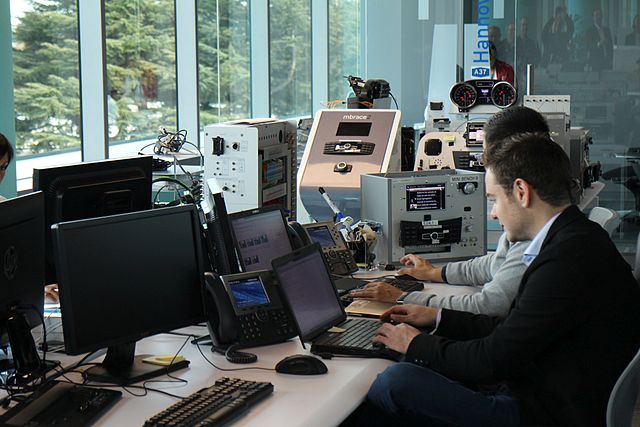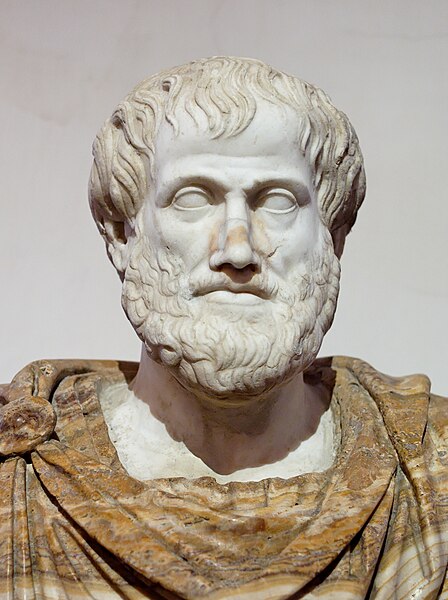Research and development is the set of innovative activities undertaken by corporations or governments in developing new services or products, and improving existing ones. Research and development constitutes the first stage of development of a potential new service or the production process.
Mercedes Benz Research Development North America (13896037060)
Mercedes Benz Research Development North America (13896049248)
Research is "creative and systematic work undertaken to increase the stock of knowledge". It involves the collection, organization, and analysis of evidence to increase understanding of a topic, characterized by a particular attentiveness to controlling sources of bias and error. These activities are characterized by accounting and controlling for biases. A research project may be an expansion of past work in the field. To test the validity of instruments, procedures, or experiments, research may replicate elements of prior projects or the project as a whole.
Aristotle, (384–322 BC), one of the early figures in the development of the scientific method
Primary scientific research being carried out at the Microscopy Laboratory of the Idaho National Laboratory
Scientific research equipment at MIT
German maritime research vessel Sonne






